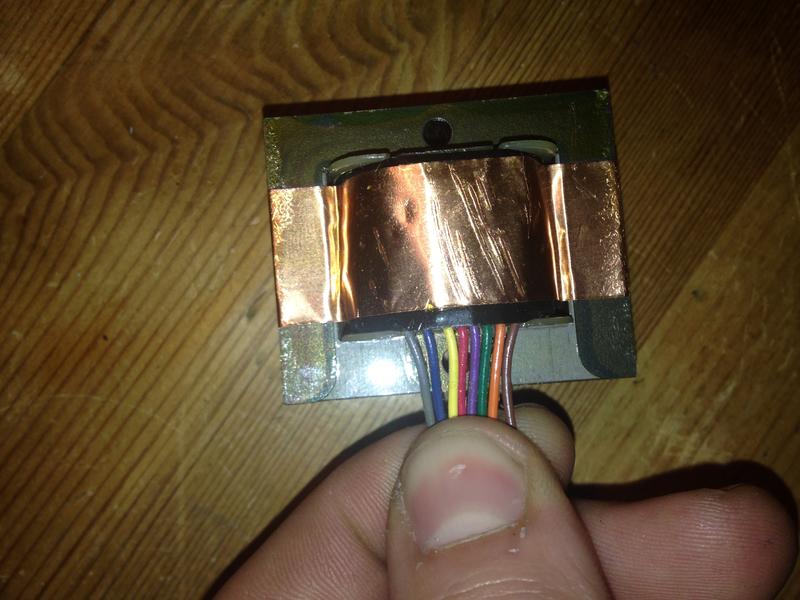SSLtech
Well-known member
No worries!Potato Cakes said:A couple more new DIY guy questions to pester with which to pester you...
No, they don't do anything, there's no connection to the Discrete op-amp. In the original transformerless output, there are TWO op-amps used to generate the opposing polarities for the output signal. The Cavendish uses only one op-amp, and balances it with a transformer, so there's no real reason to worry about the other pins.Potato Cakes said:In the photos posted on this thread there are no resistors or radial capacitors in the output section of the GSSL. I didn't see that mentioned in the manual. Do I also need to leave out these resistors and capacitors? I also noticed pins 1 and 2 are not connected on the DIP8 socket at the output position on the main board. Are these not being used? Will it affect anything if they are connected to the Cavendish with the appropriate pins swapped?
In fact in mine, I connected only five leads between the two, but if you do it that way, you HAVE to remember which way round the jumper cable goes... otherwise if you reverse it, there's no connection where there needs to be one, and a connection where there doesn't need to be one... so I thought I'd just advise people to fully-transpose, which means that the lead can be used either-way-round.
Hope that makes sense!
Potato Cakes said:Additionally, the manual mentions removing the 7.5K resistors on the main board and use the 5K pots and trimmer on the Cavendish. I cannot seem to locate any resistors with that value. Is this not already done with cables jumping the DIP8 sockets on the different boards?
Depending on the revision level of the board you have, the resistors MAY be marked as 15kΩ resistors. The output gain ratio is calculated by dividing the value of the resistor going INTO the VCA (usually 27k) into the value if the resistor in the inverting feedback loop on the folllowing op-amp, all multiplied by two.
So, 30k (rounding up) divided into 15k = 0.5, multiplied by two = unity (1).
So, If you have 27k resistors going in to the VCA, you should really use 13.5kΩ in the feedback loop, so either a fixed 15k (as in the original version) and the error will be less than a dB, but usually not quite perfect unity gain... or use a 10k resistor and a 10k trim pot. the middle of the trim range will give you 15k... pretty close, and a little tweak should allow you to dial it absolutely spot on.
If in doubt as to which resistors not to fit on the main board, it's the one on each channel which provides the negative feedback from the first op-amp output back to the input node (which is also hard- connected to the output of the VCA).
Let me know if that confuses more than it clarifies!
Keef










![Soldering Iron Kit, 120W LED Digital Advanced Solder Iron Soldering Gun kit, 110V Welding Tools, Smart Temperature Control [356℉-932℉], Extra 5pcs Tips, Auto Sleep, Temp Calibration, Orange](https://m.media-amazon.com/images/I/51sFKu9SdeL._SL500_.jpg)
























